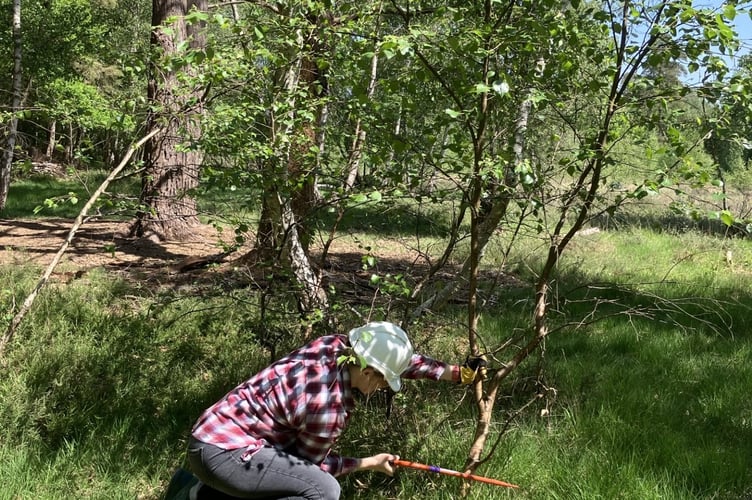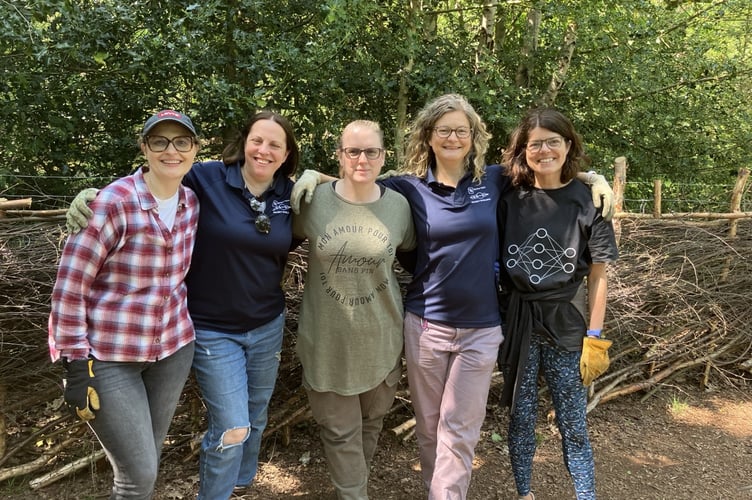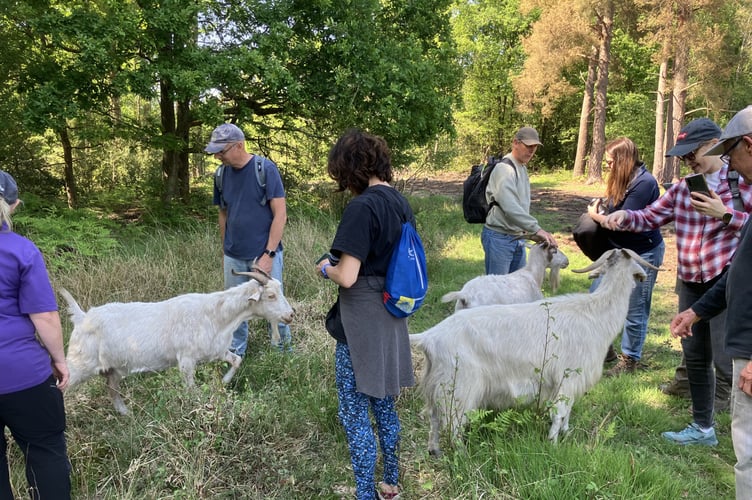


Thirdings
Last week's issue had the front page headline that Woking Borough Council endorses proposals for three-way Surrey split.
And there was a diagram showing Surrey split into West Surrey, North Surrey and West Surrey – right down to the fact no South Surrey is planned. In other words, following the thirdings, or Ridings, of Yorkshire.
But how boring, was the comment at the quiz table. At least Surrey Heath sounds pleasant, as does Spelthorne – which derives from the Saxon for speaking tree.
I once heard that it was named for a sacred tree under which King John sealed the Magna Carta and was thus cursed if he did not keep his word.
So how about something pleasant for the area covered by the new West Surrey: Waverley, Guildford, Surrey Heath and Woking?
Would we have to come up with a name to cover all that area? Or could we think of a name for what will be the old WBC area?
We have recently celebrated Surrey Day – well, some people did, so did any viable names crop up?
The Surrey flower is a cowslip which, I think, does not lend itself well to having a third of a county named for this pretty and scented flower.
As Surrey had the highest concentration of trees in the UK perhaps we could settle for something to reflect that important fact? Why not just simply call it Surrey Woods?
I am Flagging!
There have been so many Union flags on show of late, and I groan when yet once more they are seen flying upside down.
Readers of a certain age may recall the avenue of flags flown either side of the long steps at the Farnborough air show.
I was once there with a friend who looked at the flags, looked at me, and duly strode forth.
Flt Lt Jack Long, in uniform, calmly lowered a Union flag, reversed it, and sent it back up the correct way round. Imagine that – a Union flag in such an international area and upside down.
All those of us who were in the Guides and Scouts know that to fly the flag upside down deliberately is a sign of distress.
It is also Lese-Majeste – an insult to the Crown – and is, theoretically, still a crime in the UK and Commonwealth. All the more reason to know the downside of the flag.
Our flag is made up of flags of the nations: there is the red cross of St George, there is the saltire, or cross of St Andrew, which is white diagonal on a blue background.
There is another diagonal flag – a red diagonal cross on a white background for Ireland. And that's it.
The only correct way to fly the Union Jack flag is when the half nearest to flagpole – the hoist – displays the wider diagonal white stripe above the red diagonal stripe. The other side is known as the fly.
Even if the flag is not actually hoisted on a pole – it could be over a coffin – the same applies: the left side is assumed to be the hoist.
Just flag that up, please!
Dead Hedges
It would seem to be an oxymoron: a hedge is a barrier formed by closely growing bushes or shrubs. But a dead-hedge is, likewise, a barrier made from saplings and twigs and general off-cutting from pruning – dead stuff.
The dead-hedge is useful in more ways than one: it forms a barrier and enables a neat bit of woodland management by stacking cut branches between upright stakes to make a structure that provides habitat for wildlife and tidily disposes of prunings.
My daughter wanted to get together a group from her work to volunteer for some outdoor work, for they all have sedentary occupations.
This is not as simple as it may sound. First choose your charity, then find a date which is suitable for the charity and your group. Then get the group together: there is always backsliding; someone is called to do a job in London, or goes down with a bad throat, or just didn't read the memo and has suddenly realised that – oh, it's THAT Wednesday – so sorry!
I showed her a picture from the autumn 2024 issue of The Common, the magazine for the Horsell Common Preservation (HCPS) depicting such hedging along the Bourne where it is used to discourage dogs from breaking down the banks as they joyfully scramble in and out of the water.
It so happened that my daughter had to take her daughter to football practice in Pirbright and this gave her the opportunity to check out some “here's one we did earlier” dead-hedges.
The group had a great day and were full of gratitude for my daughter's organisational skills. They felt they were doing something useful and had something to show for it.
“Just back from our volunteer day with the Surrey Heathland Partnership,” she related. “It was so interesting and we learnt such a lot, namely how to build a dead-hedge but also how to saw and use an axe properly, as well as about the flora and fauna of the area, which is part of the Thames Basin Heaths Special protection area.
“Volunteers cut down invasive species such as silver birch to open the area up to heather and other heathland vegetation and keep the saplings at bay. This good work is kept up by goats: at other times of the year ponies and donkeys are brought in to keep the grass down.
“To keep the goats and other living lawn mowers from wandering they use the trunks of the cut silver birch as stakes and wind the brush of the trees around to make a very effective and ‘green’ barrier between the heathland and the roads so nothing goes to waste.
“The dead-hedging we did was right by the Pirbright cricket field and was the last couple of metres of the fence which was two years in the making by volunteers, so we were lucky to be there at the end.
“Tasha Feddery was our guide and was extremely knowledgeable so here is her email address if you want to know more: [email protected]“
We read about such community tasks and how they build bridges and are generally good for morale in business.
This was building hedges and, from my daughter's comments, and those of her team, at Tetra Tech SPS Energy, bridges also were certainly built.

.jpeg?width=209&height=140&crop=209:145,smart&quality=75)

-1.jpeg?width=209&height=140&crop=209:145,smart&quality=75)

Comments
This article has no comments yet. Be the first to leave a comment.